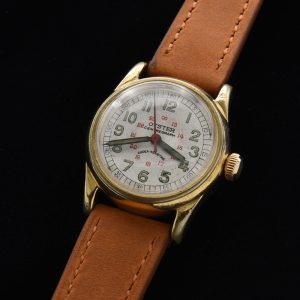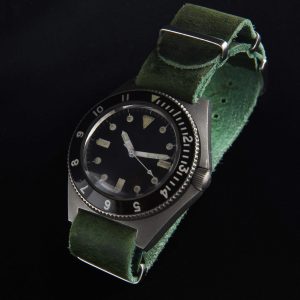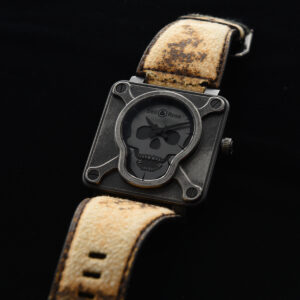Military
Wear A Piece Of History On Your Wrist
Vintage military watches have a rich and fascinating history that spans several decades. These watches were specifically designed for military personnel, incorporating features to satisfy their specialized needs and withstand the challenges of combat.
Military Watches of the 20th Century
World War I: During the First World War, wristwatches became popular among soldiers as they offered practicality and convenience on the battlefield. These early military watches were usually pocket watch conversions, with wire lugs and a canvas strap.
Interwar Period: In the years between World War I and World War II, military watches evolved significantly. The British Ministry of Defense, and other military groups, set standards for durability, accuracy, and legibility. Companies such as Omega, Longines, and IWC produced watches adhering to these specifications.
World War II: The Second World War marked a significant milestone in the development of military watches. Many nations issued timepieces to their armed forces, which often featured luminous dials for improved legibility in low-light conditions. The German military, for example, were armed with the iconic “Flieger” watch, while the British forces were issued the “Dirty Dozen” – comprised of 12 watches made by 12 leading Swiss watchmakers of the time.
Cold War Era: Following World War II, military watch designs continued to evolve. The demands of modern warfare led to the development of increasingly specialized timepieces. For instance, pilot watches with chronograph functionality and anti-magnetic properties became prevalent. It was at this time that brands like Breitling and Heuer gained popularity for their aviation chronographs.
Vietnam War Era: During the Vietnam War, military watches faced new challenges, such as humidity and tropical conditions. The United States issued watches like the Benrus Type I and Hamilton GG-W-113, known for their durability and water resistance. The Glycine Airman became a favourite amongst Vietnam pilots.



